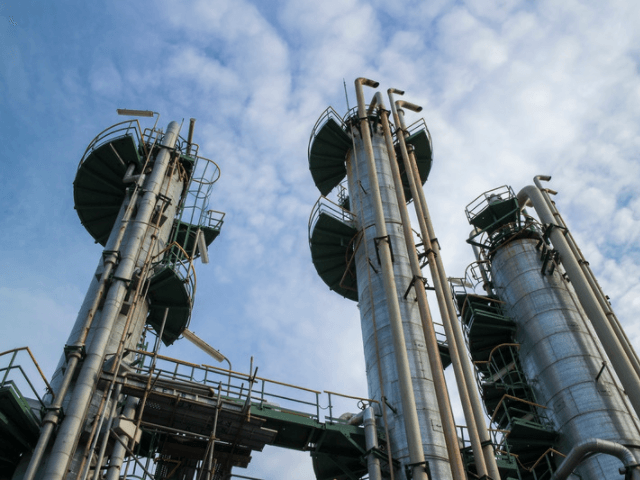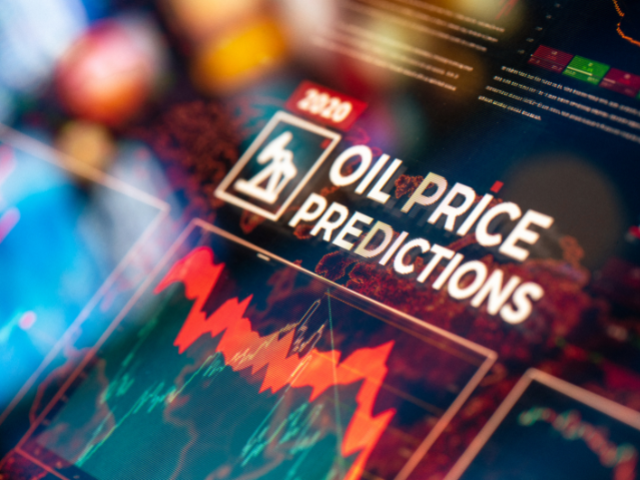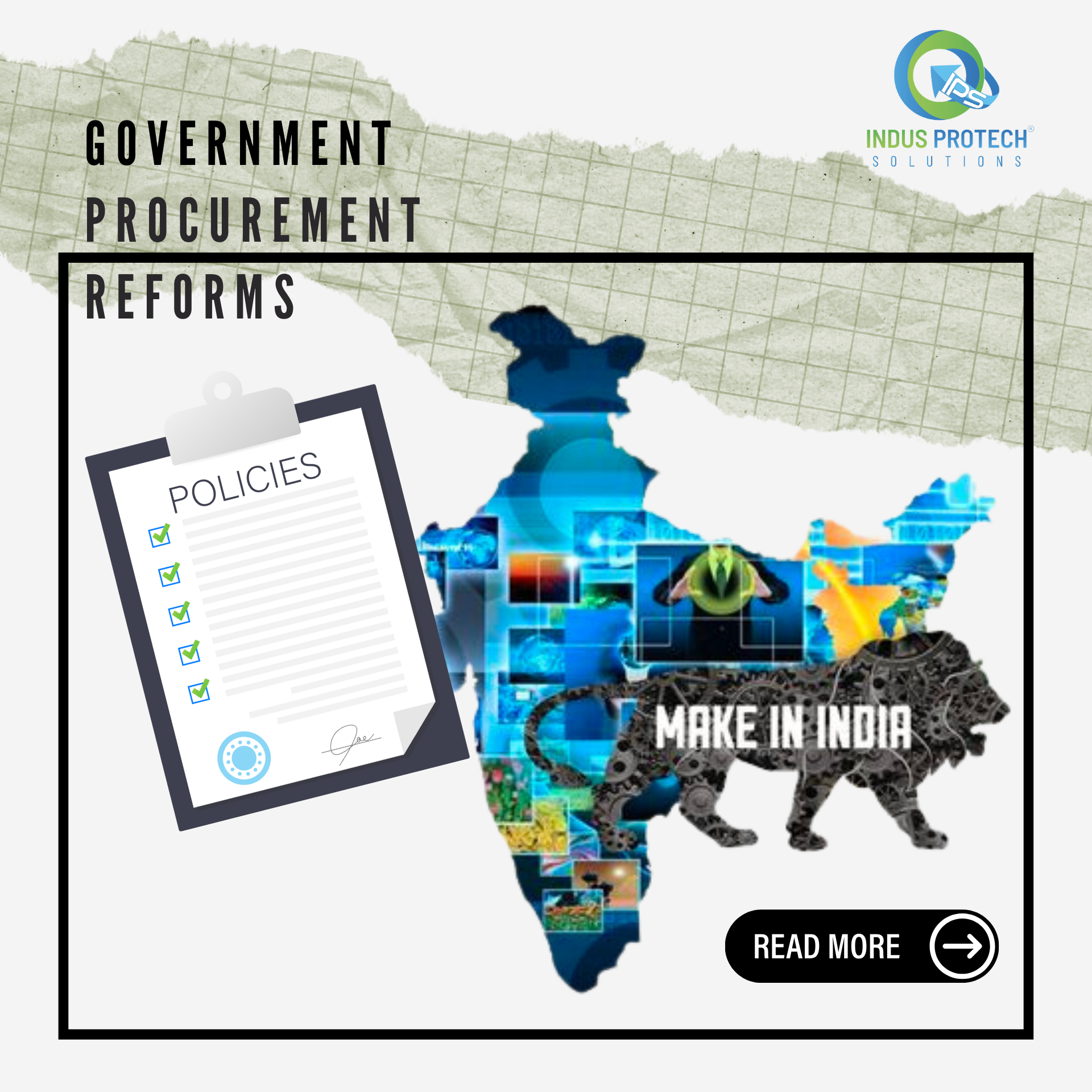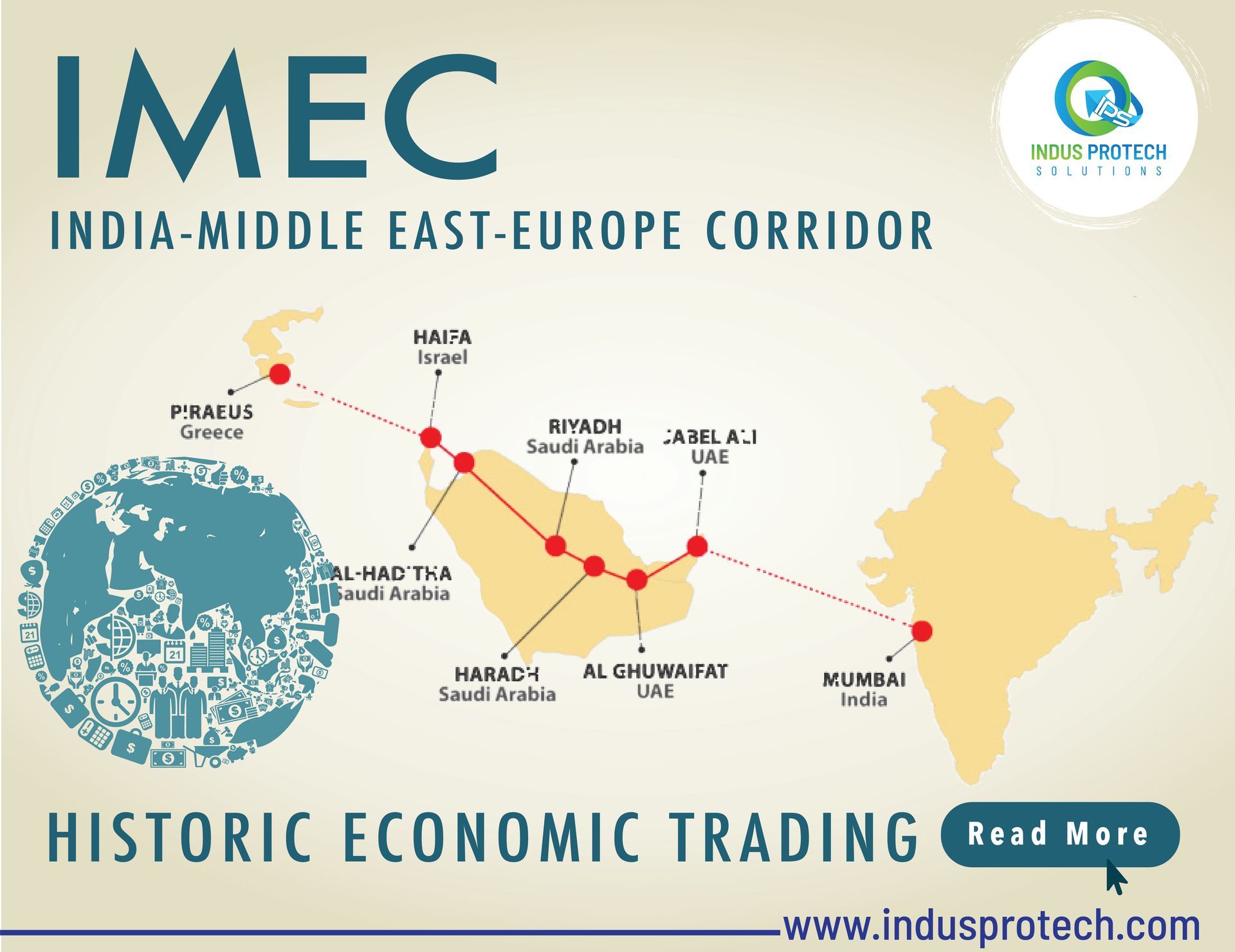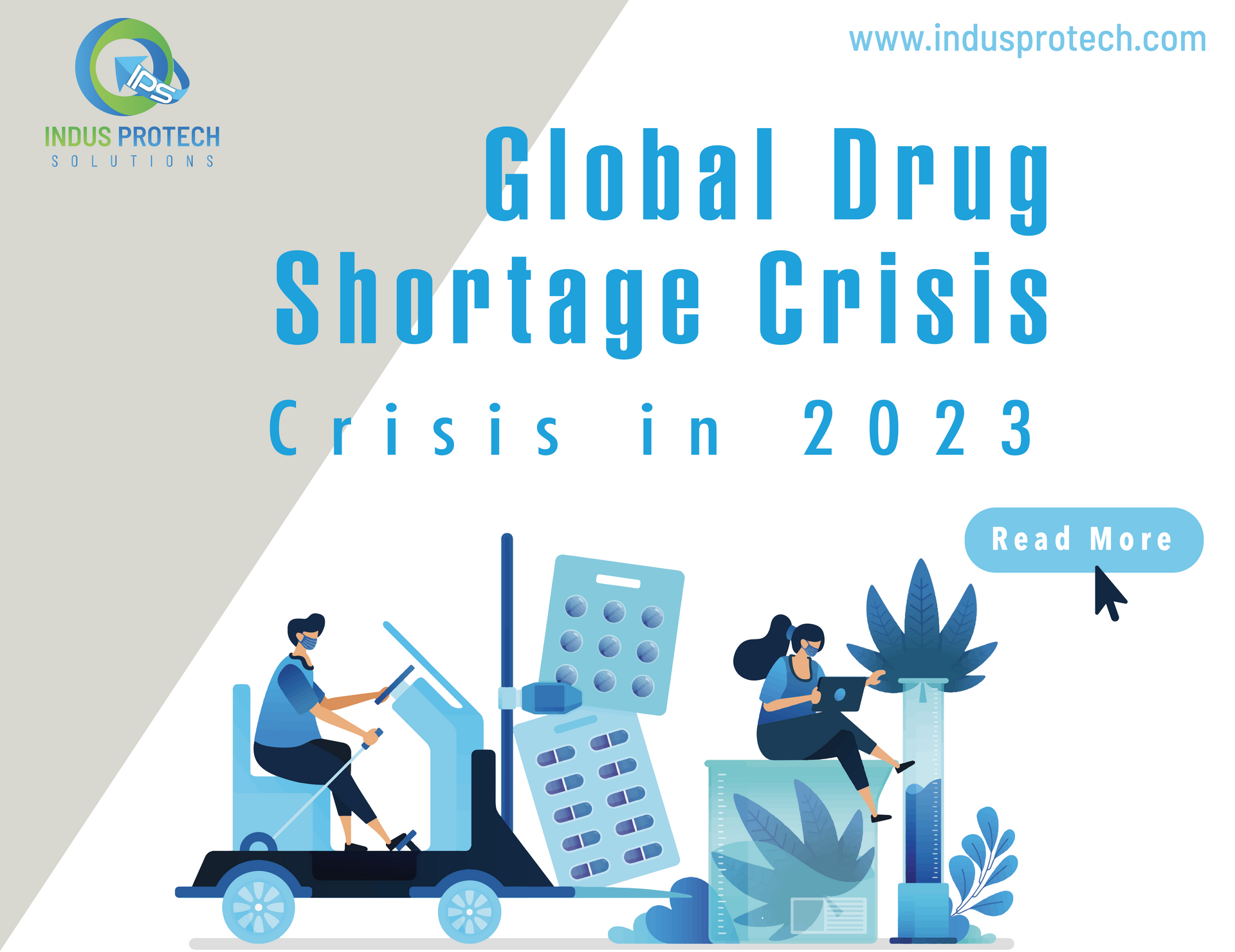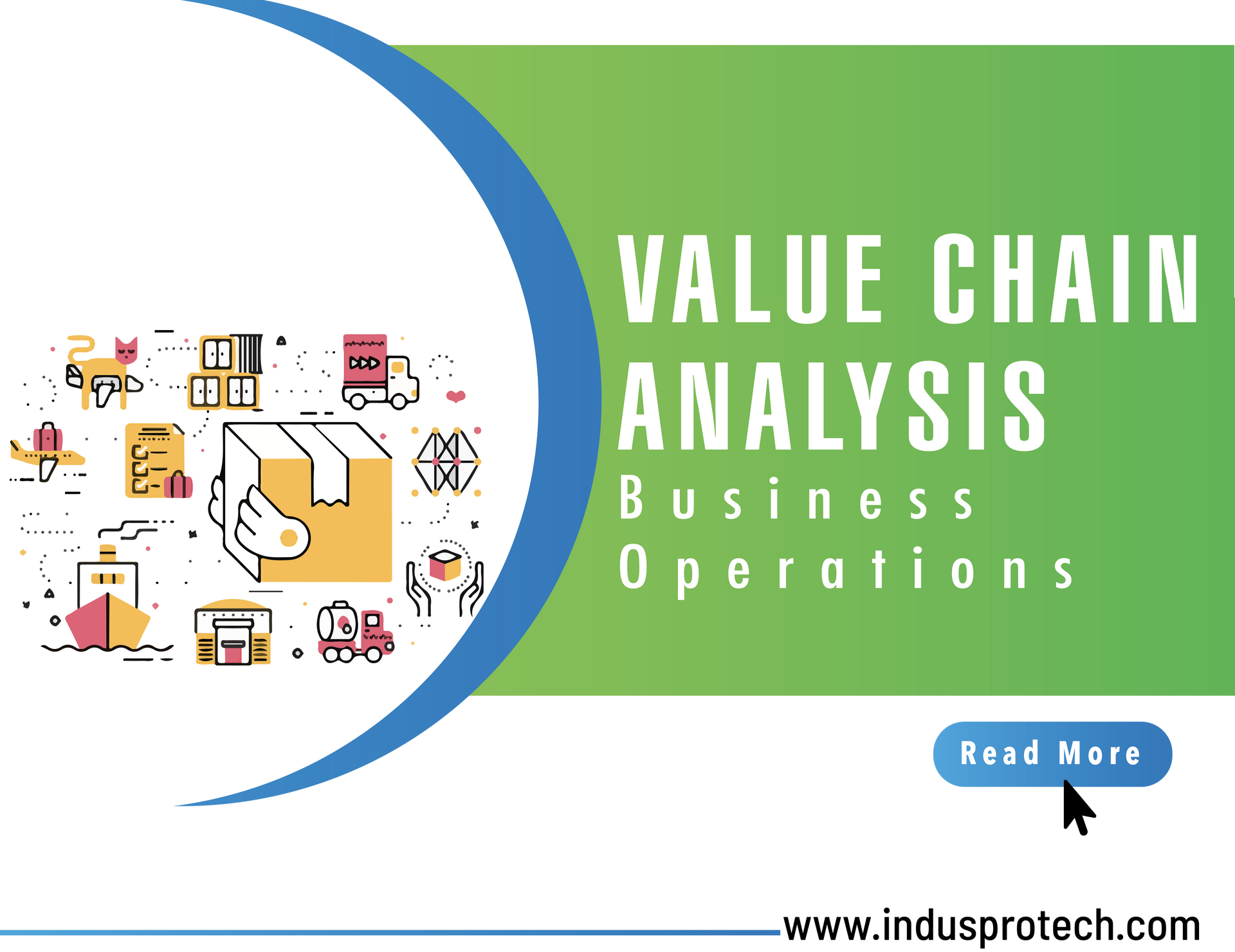The major petrochemicals market in India can be roughly broken down into three segments: basic major petrochemicals, which is the second-biggest category, intermediaries, which is the largest segment, and other petrol-based chemicals (the smallest segment). Additionally, olefins and aromatics are separated into two subgroups based on their composition as building blocks for petrochemicals. Petrochemical products are a crucial component of daily life and are found in a wide range of goods, including plastics, fertiliser, digital devices, apparel, tyres, etc.
What Does The Current Global Trends Say?
Petrochemical demand has consistently increased and has outpaced crude oil demand on a global scale. Petrochemicals are expected to contribute for more than one-third of the growth in oil consumption through 2030 and nearly half through 2050, ahead of trucks, aviation, and shipping, according to the IEA. Plastics, one of the most widely used petrochemical products, have seen an increase in demand that has surpassed that of other bulk materials like cement, steel, and aluminium.



